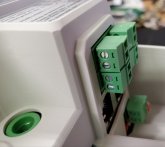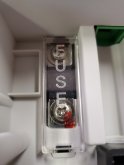D
Deleted member 783
Guest
I just received the Epever 60 amp model. Two questions:
1. It has an internal fuse that is not labeled. Can I assume it is a 60 amp fuse? Anyone know where I can find one?
2. It does not have "load" out (12v) like I am used to seeing on charge controllers. There is, however, a "load relay", but zero instructions on how to use it. Anyone?



1. It has an internal fuse that is not labeled. Can I assume it is a 60 amp fuse? Anyone know where I can find one?
2. It does not have "load" out (12v) like I am used to seeing on charge controllers. There is, however, a "load relay", but zero instructions on how to use it. Anyone?









